Argentina: The Food
We spent just over two weeks in Argentina before crossing the Andes into Chile. It’s been a fantastic trip so far, full of all of the sorts of things you expect to experience when you’re traveling – excitement, adventure, confusion, exhaustion, making new friends, stress, more excitement, a little more stress, getting over stress, and relaxation every now and again. And plenty of eating and drinking.

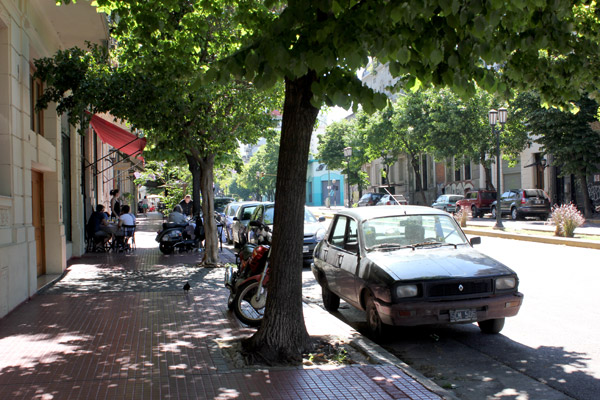

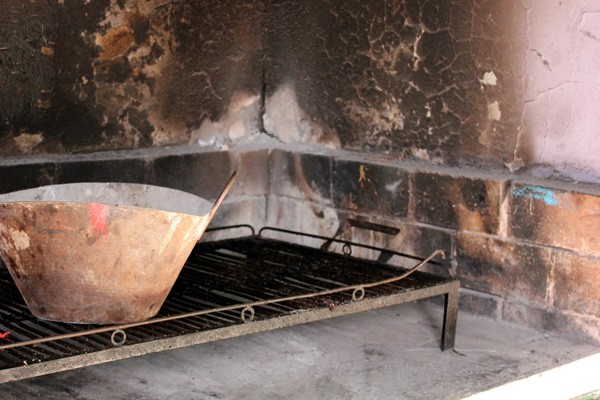
The type of travel we’re doing means we’re eating and drinking fairly differently than we have on previous trips. We’re on a much tighter budget than we ever have been on vacation before, and the pure length of this trip means we’re trying to go out less, saving our budget, our health, and our sanity. We’ve dabbled a tiny bit into high-end dining, but mostly we’re trying to eat out only once or maybe twice a day, including going out for coffee or cocktails, fortifying shared entrees with hearty meals and snacks that we’re making ourselves (sometimes actually cooking, when we can, and sometimes things like sandwiches we’re putting together in buses, in plazas, in our room). Grocery stores are a particularly great way to get to know a food culture in a place, and it’s been great to be able to try things like the milk, the cheese, the produce, and the other things we wouldn’t really be able to do in such a straight-forward way in a restaurant. Sometime in the next few months I’ll write a post about cooking while we’re traveling – we’ve been keeping track of what we’ve been making, and taking lots of intensely fluorescent-lit pictures of us cooking in hostel kitchens.
I wrote about how we spent our time in Buenos Aires over on our travel blog, if you’re interested in seeing that. There are a lot more pictures there. Here, I just want to talk about the food. I’ll probably be doing lots of posts like this one as we’re traveling – some notes about the food where we’ve been, and lots of pictures. I wish I had the time to sit down and process these thoughts a little more, but we’ve actually been fairly active and moving fairly quickly, so if I waited for the time to do that, you’d be seeing it about three months from now. (Or six months, more likely.)
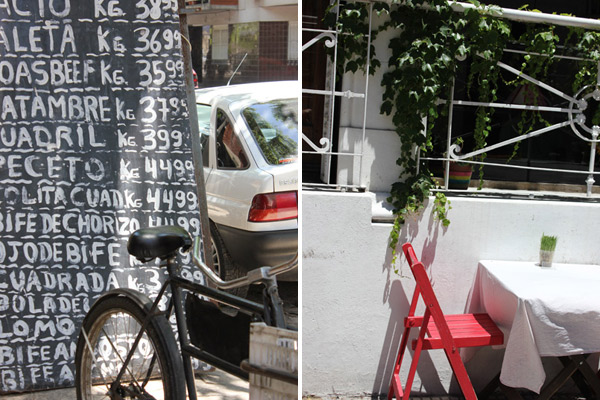
In the interest of time (we have a beach schedule to keep today, people), here are some of the things I’ve jotted down about food in Argentina:
- BEEF. This is cow country, no question. Almost every meal is meat centered, and every part of the animal is used. But because all the cows are raised under strict quality and humane treatment guidelines, it’s better than almost anything you’d find in the United States. This is how beef was raised traditionally, on farms with prairies to graze and sunshine to enjoy. Dairy is big too, and cheese is used so liberally you’d think they were trying to maintain the Argentinian economy on cheese alone. The milk is almost entirely shelf-stable in aseptic packages, but ridiculously good and flavorful.
- It’s common to add egg, ham, and cheese to things (all three). Talk about gilding the lily. A hamburger with egg, ham, and cheese. A steak with egg, ham, and cheese. No wonder we’re sharing entrees at restaurants.
- Dulce de leche. This super thick caramel paste is made from reducing down condensed milk, similar to Mexican cajeta, and is spread on and put in everything. Toast, crackers, pies, tarts, cakes, croissants, cookies – everything. It’s also commonly found as alfajores, slathered between two cornstarch butter cookies, either covered in chocolate or rolled in coconut. I actually found it a little underwhelming – just sweet, not enough complex flavor like in a normal caramel or a cajeta – but don’t tell that to anyone from Argentina. They take this stuff pretty damn seriously.
- Ice cream – helado – is everything. The Argentinians have an undying sweet tooth, and under the heat of the summer heladerías seem to be on every corner. Most flavors are straight-forward, but many places sneak in a few more exotic ones. Our favorite so far was a whiskey ice cream with candied kumquats. That one will be made at home when we get back, no question. It’s also common to see at least 5 or 6 different dulce de leche flavors in a single ice cream shop.
- The Italian influence here is undeniable. Argentina has been popular with Italian immigrants for over a century, and the country’s population is estimated to be at least 50% people of Italian descent (European immigrants in general make up the overwhelming majority of the country’s population). Italian restaurants, cafes, and dishes were everywhere, particularly fresh handmade pasta.
- Little croissants called medialunas are everywhere, and considered the default breakfast or afternoon snack. Along with most other pastries, they’re lightly (or sometimes heavily) brushed with a sugar syrup, which I liked much more than the icing we usually see in the States. Sometimes they’re even made with lard instead of butter, and let me tell you, my god! A revelation.
- Beverages – there’s a lot more to be said about this, but I’ll try to do it a bit of justice. Beers are mainly very light (very light) and generally purchased in 1L glass bottles, wine is ridiculously good and cheap (mainly reds), and bitters and bitter liqueurs are popular – fernet branca and coke is a common combination. We went on a wine tour in Mendoza, which deserves a post of its own when I get a chance to write it.
I’m sure there are other things of note that I just haven’t mentioned. Another important note to make is that the Argentinian eating schedule looks a little different: a very light breakfast around 9, lunch at the normal time, tea time/happy hour/”after office” (as we saw it often mentioned at bars and restaurants) from 6-10, dinner around 11. We had a bit of trouble with this, but as long as we ate breakfast around 10, lunch around 2, coffee or cocktails and a snack around 6, and dinner around 9:30 it worked fairly well.
With that, here’s some evidence and illustration. I’ll leave it up to you all to match the pictures with the things I talked about above.
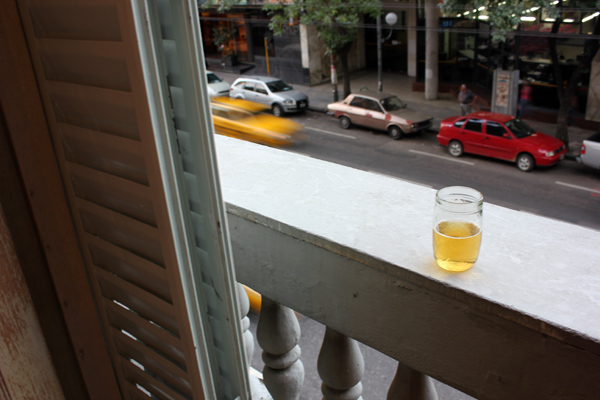
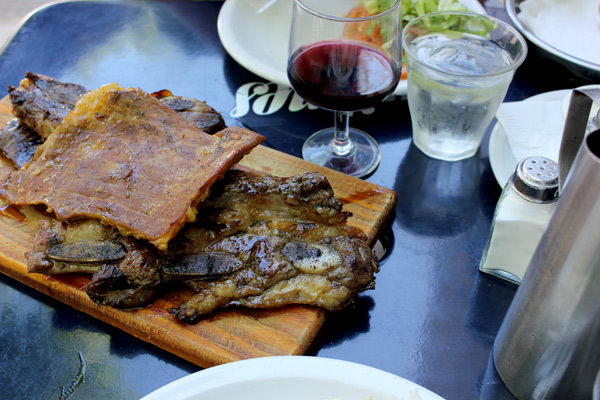
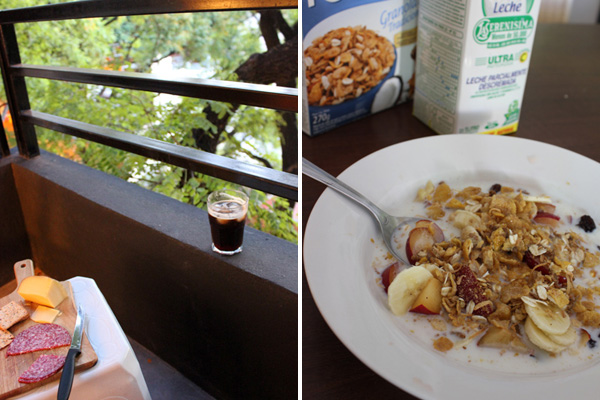
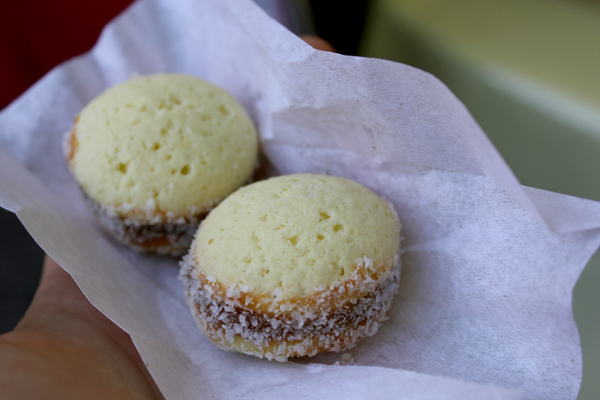
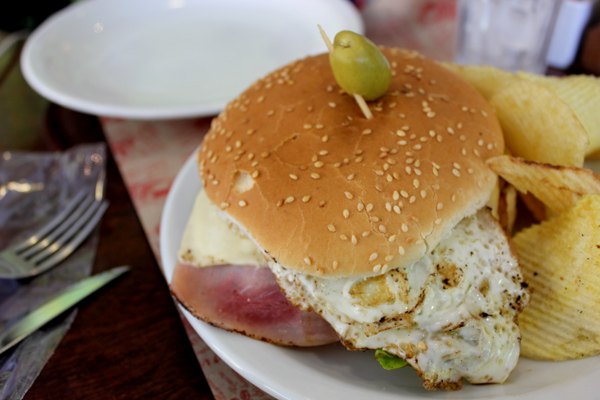
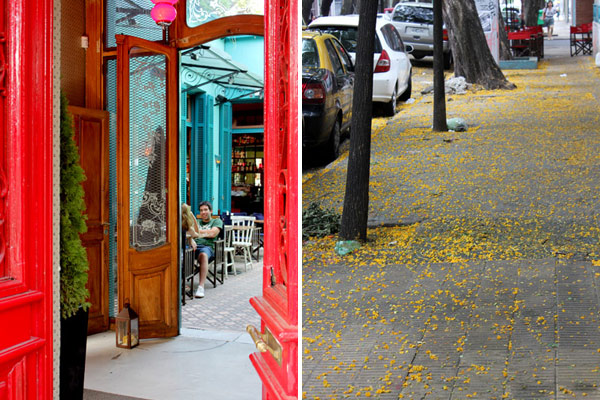
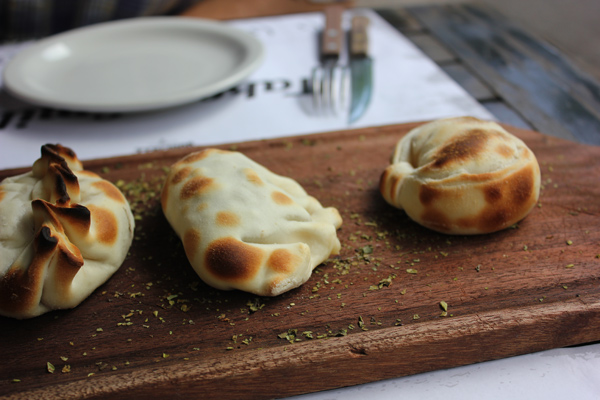
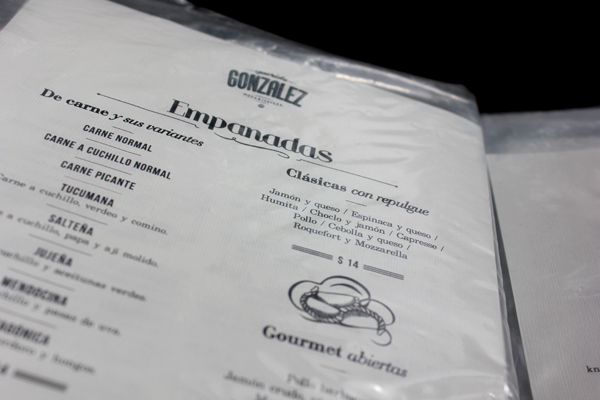
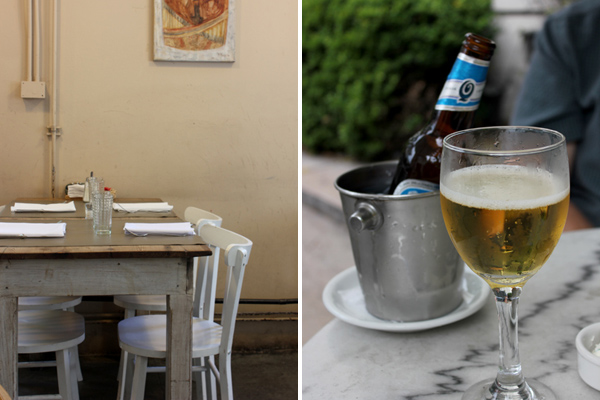
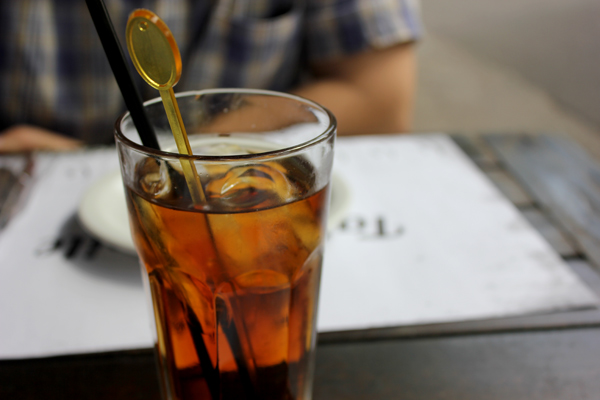
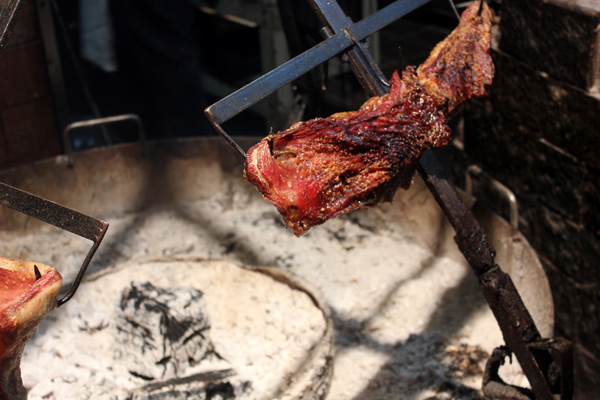
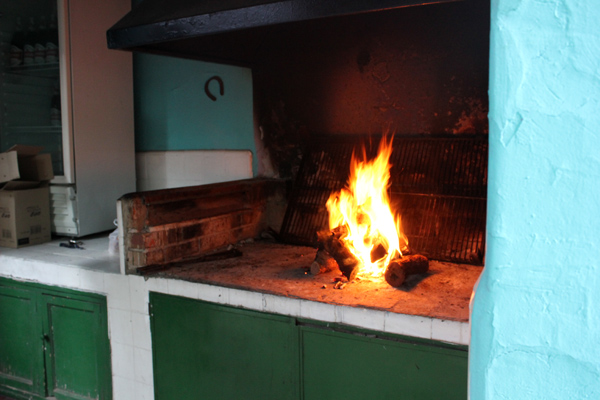
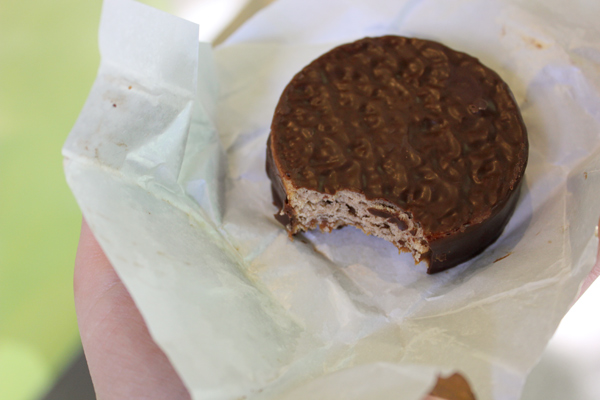
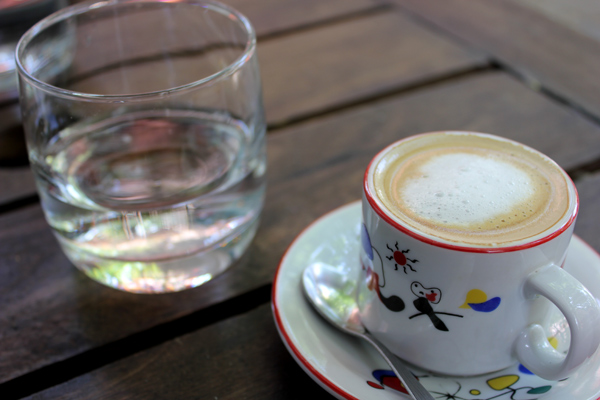
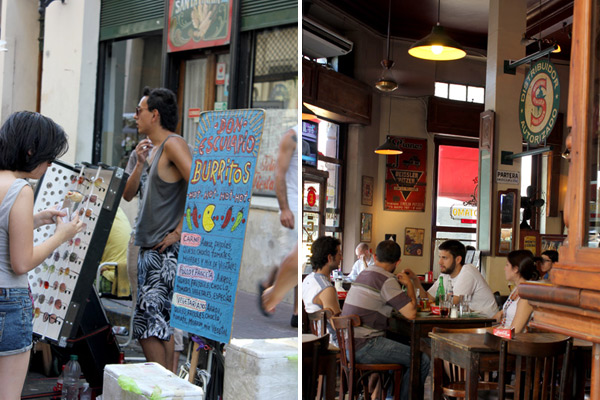
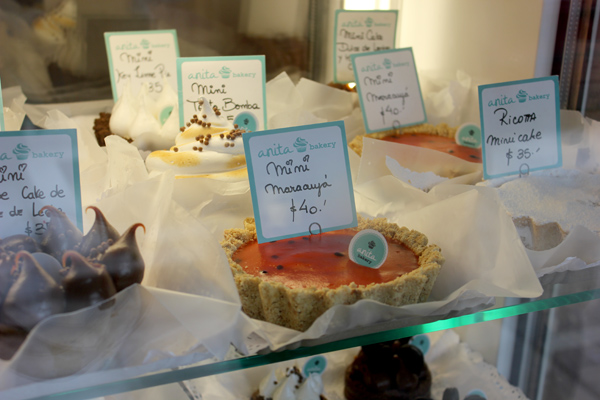
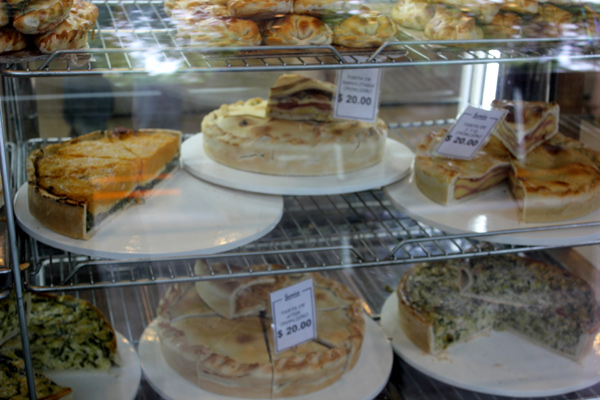
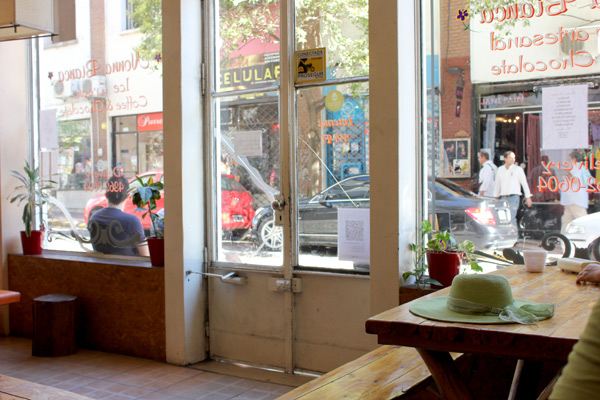
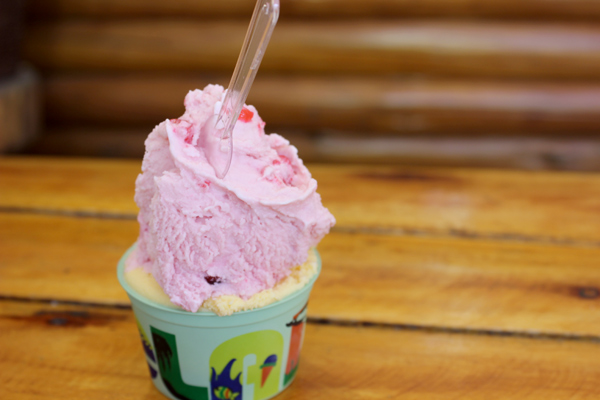
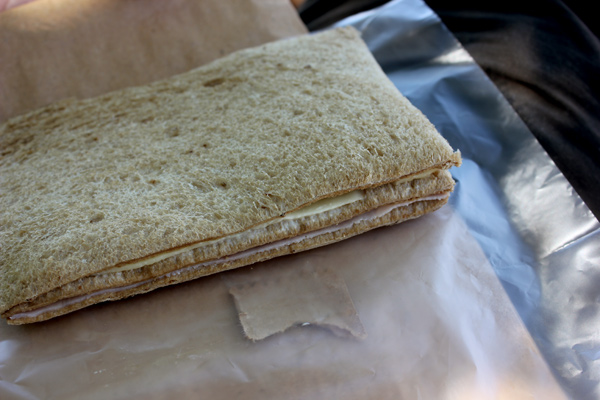
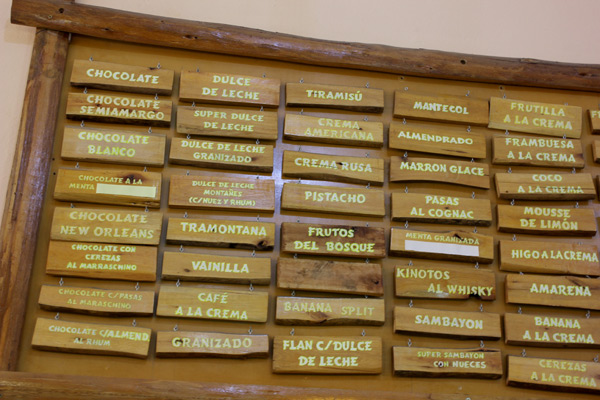
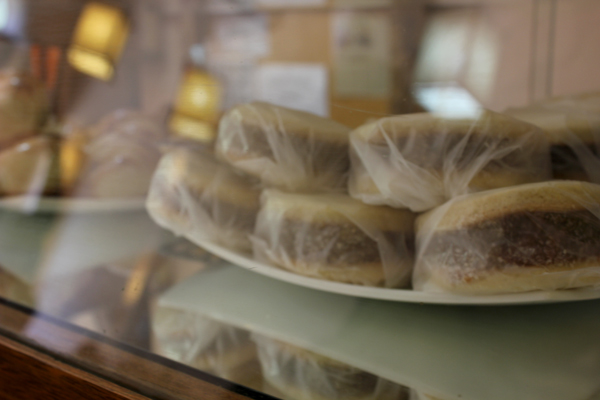
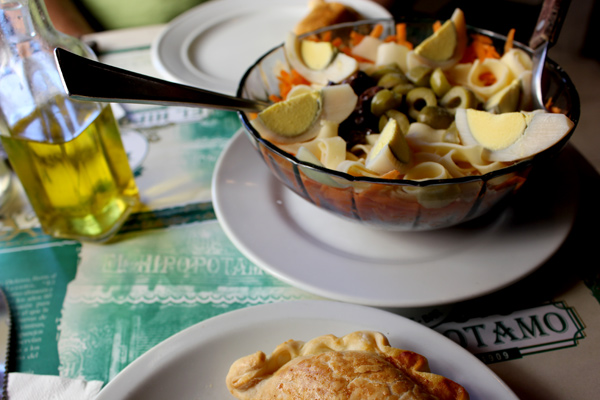
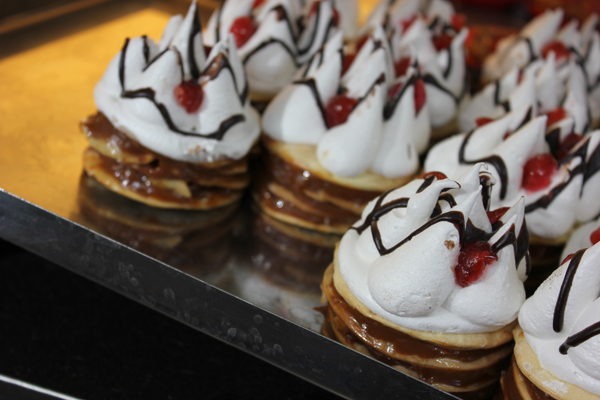
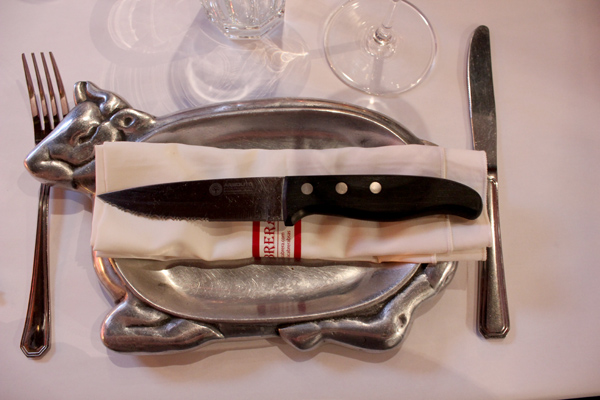
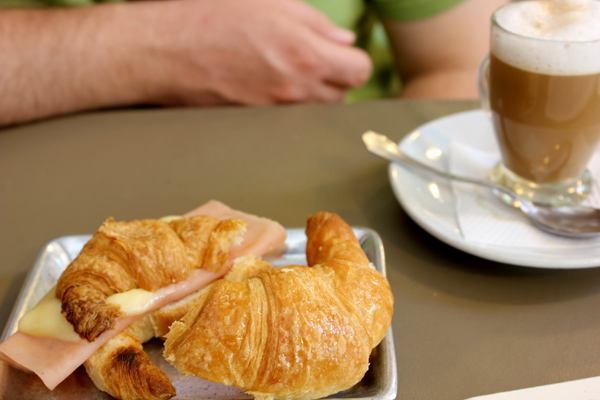
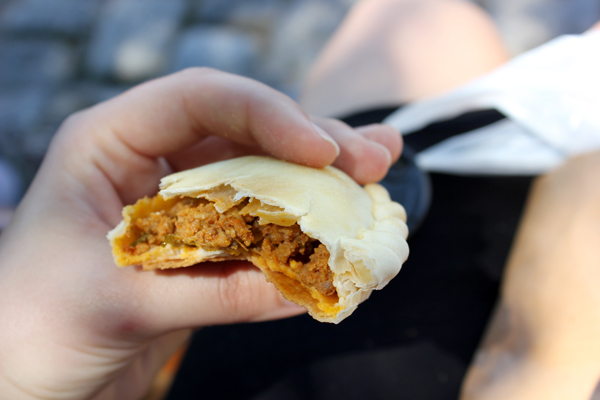
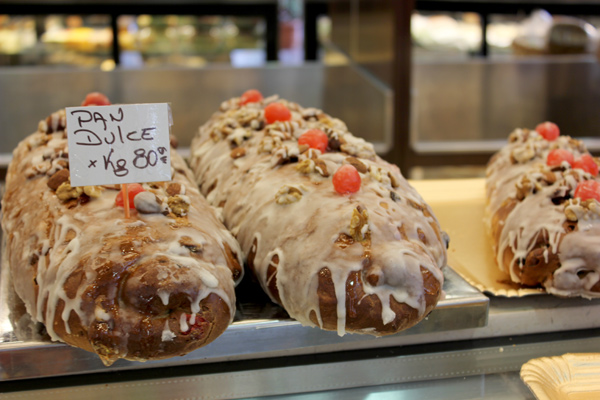
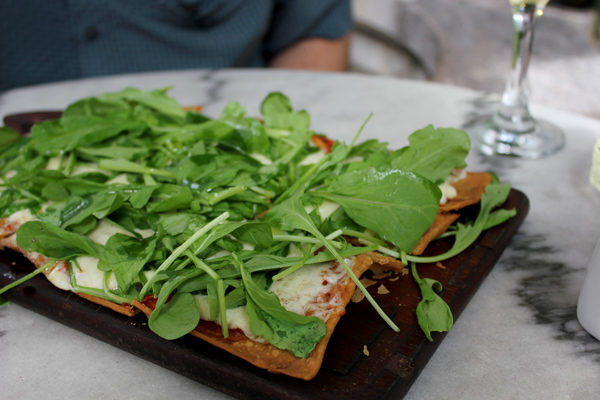
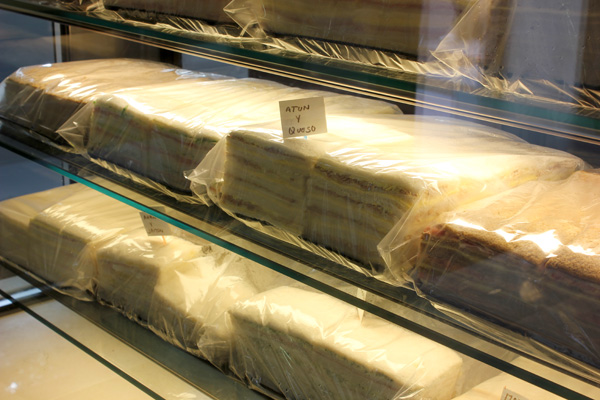
And in case you’ve ever wondered what an Argentinian bus meal looks like, here you go:
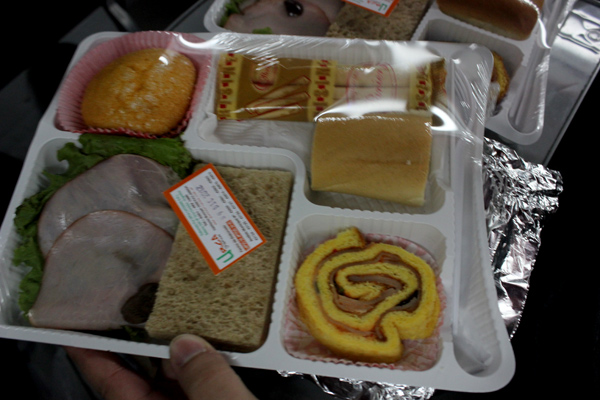
That’s a ham and cheese sandwich de miga (served absolutely everywhere – very thinly sliced sandwich bread layered high with very thinly sliced ham and cheese, or other fillings – you can see the big ones wrapped up above in a deli case) with a side of ham (yes, a ham sandwich with a side of ham – this is common), lettuce, and one half of a cured black olive; a pinwheel ham and olive sandwich with thin yellow cake instead of bread and a red pepper spread; a piece of baguette; a packet of salty breadsticks; and a sugary muffin top. This also came with a heated dish (you can see the tinfoil below this tray) – a beef meatloaf with spinach and carrots (we think – it was hard to tell what the colored bits were), covered in gravy, and rice with carrots and peas. We actually ate almost all of it (free meals go a long way, these days), and it was much better than we expected.









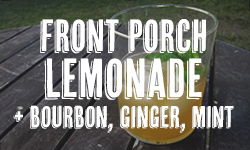

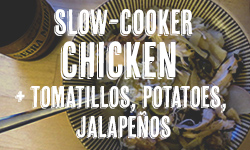
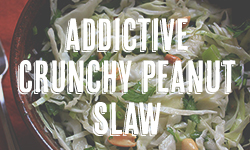
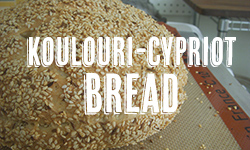
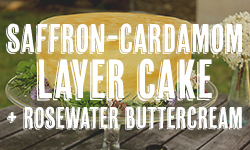

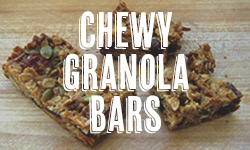
Reblogged this on global_food.
Wonderful Wonderful shots!